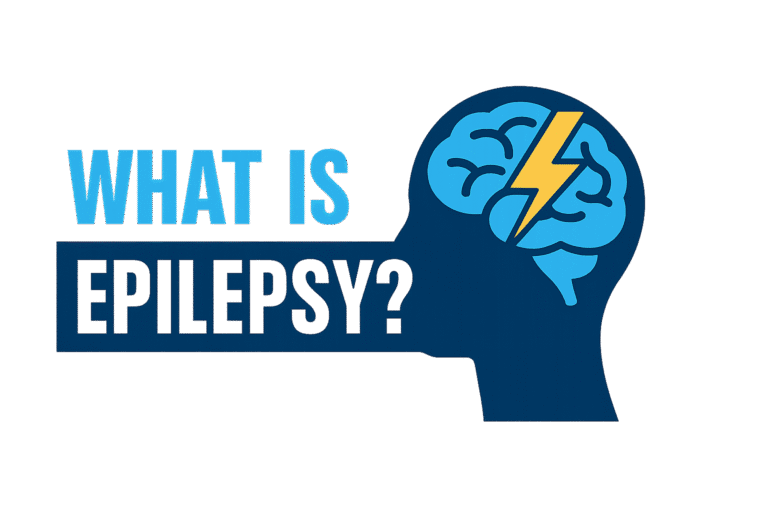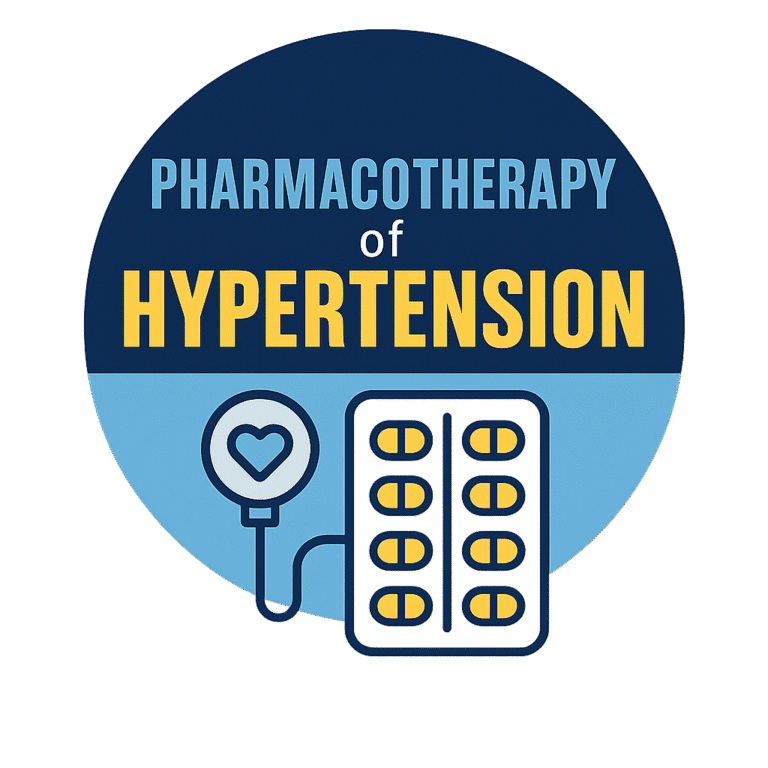Introduction
Extrapyramidal symptoms (EPS) are a collection of side effects associated with certain medications, particularly antipsychotics. These involuntary movement disorders can significantly impact a patient’s quality of life and daily functioning. In this comprehensive guide, we’ll delve into the intricacies of EPS, exploring their causes, symptoms, and available treatments.
EPS

What Are Extrapyramidal Symptoms?
EPS refer to a group of symptoms that affect the motor control of individuals, often manifesting as involuntary movements, tremors, and muscle contractions. These symptoms arise from the extrapyramidal system, which is part of the brain that helps regulate body movement.
Common Types of Extrapyramidal symptoms
- Akathisia: Characterized by an inner sense of restlessness and a need to move.
- Dystonia: Involuntary muscle contractions leading to abnormal postures.
- Pseudoparkinsonism: Resembles symptoms of Parkinson’s disease, such as bradykinesia and rigidity.
- Tardive Dyskinesia: Repetitive, involuntary movements, typically of the face and upper body.
Causes of Extrapyramidal symptoms
The primary cause of EPS is the use of certain medications that affect the brain’s dopamine pathways. These include:
- Antipsychotics: Both typical and atypical antipsychotics can induce EPS.
- Anti-emetics: Medications like metoclopramide, are used to prevent nausea and vomiting.
- Antidepressants: In rare cases, these can also lead to EPS.

Diagnosing EPS
Diagnosis of EPS involves a thorough medical history and physical examination. Neurological assessments and observation of symptoms play a crucial role in identifying the presence of EPS.
Managing and Treating EPS
Treatment strategies for EPS include:
- Medication Adjustment: Reducing the dose or switching to a different medication.
- Anticholinergic Medications: These can help alleviate symptoms of EPS.
- Physical Therapy: To improve motor skills and manage symptoms.
- Patient Education: Informing patients about potential side effects and management strategies.
Preventing EPS
Prevention focuses on careful medication management, including:
- Dose Titration: Starting with lower doses and gradually increasing as needed.
- Monitoring: Regular follow-ups to assess for the emergence of EPS.
Conclusion
Extrapyramidal symptoms can be challenging for patients and healthcare providers alike. Understanding these symptoms, their causes, and treatment options is essential for effective management. By staying informed and vigilant, patients and providers can work together to minimize the impact of EPS on daily life.





